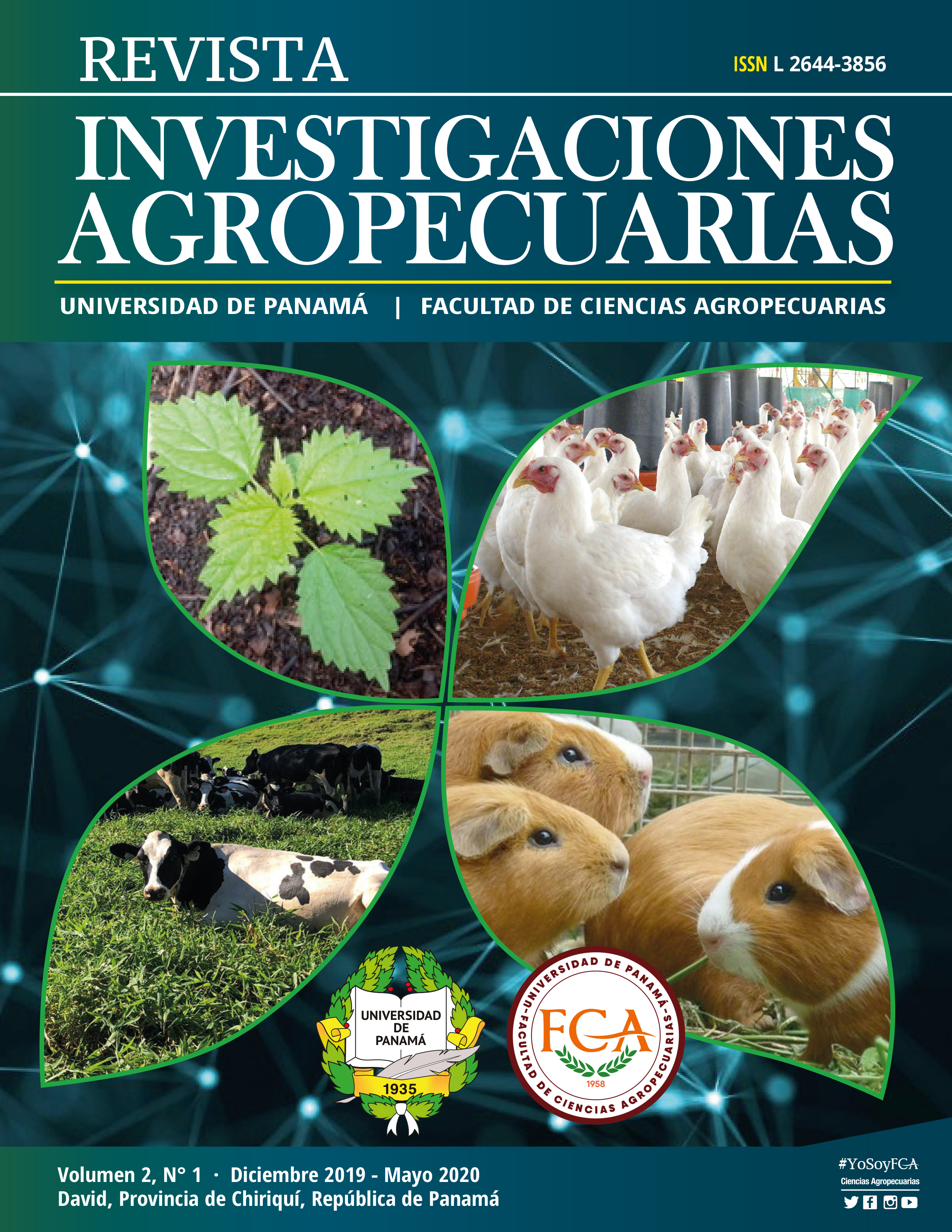

The aim of this study was to evaluate the inclusion of three sources of fat on performance and fatty acids in meat in guinea pigs (Cavia porcellus). Sixty female guinea pigs type I, 25 to 30 days old, and 437 ± 49 g body weight were used in a completely randomized design with three treatments (T1: diet with soybean oil; T2: diet with beef tallow; T3: diet with lard). The variables were weight gain, feed intake, feed conversion, carcass yield, length of adipose tissue and fatty acid content. No differences in body weight gain, feed intake and feed conversion were found. The carcass yield was lower in animals of T1 and T3 (p<0.05) and animals of T1 and T3 had shorter length of adipose tissue (p<0.05). Moreover, animals in T1 had a higher amount of polyunsaturated fatty acids. It is concluded that the profile of omega-3 and omega-6 polyunsaturated fatty acids of guinea pig meat can be favorably modified by inclusion of soybean oil in the diet without affecting production rates during the growth stage as compared with the inclusion of lard or beef tallow.